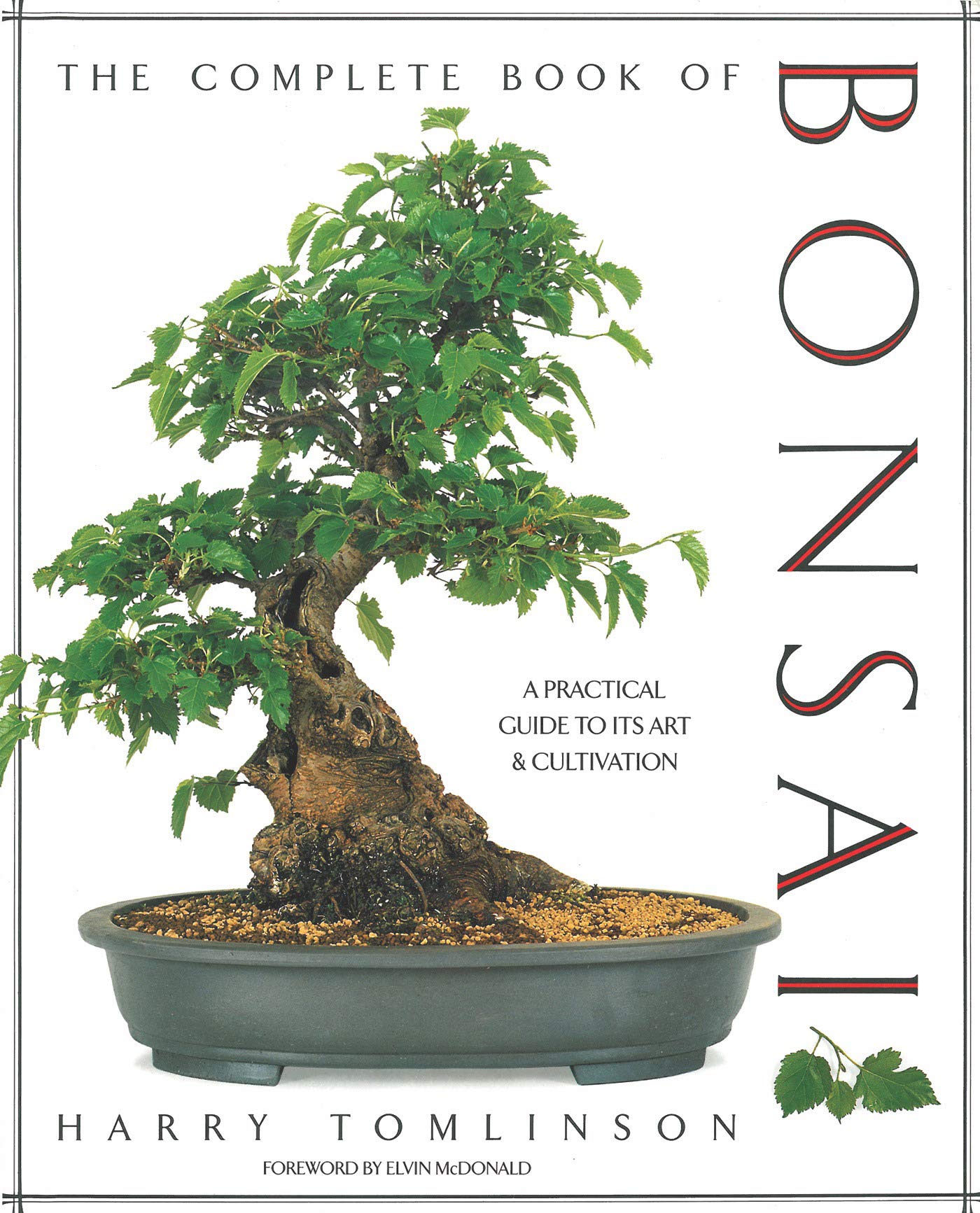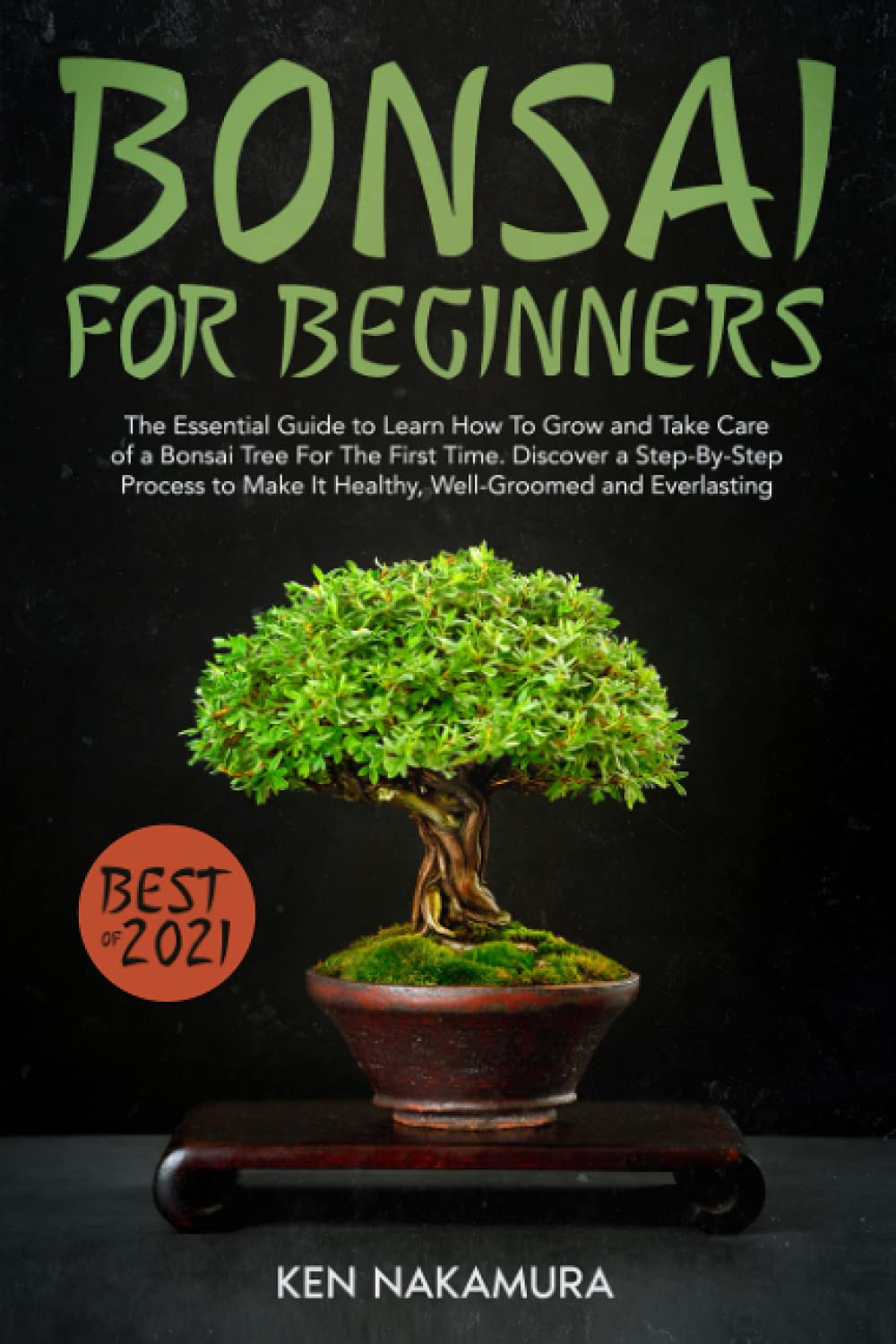
Bonsai training and shaping is what’s going to determine the look of your miniature tree. It’s a complex process because during its development you’ll create the bonsai. Miniature trees are really regular trees that are kept small by special techniques. They grow from natural seeds because there’s no such thing as “special bonsai seeds”.
Bonsai training will be based on the style you want for your miniature tree. We’ve said many times that we believe that your first bonsais should be based on the shape of the original tree in nature and later start experimenting, but that’s up to you. Balance, inspiration and beauty are all important factors. Try to bring the best out of your tree, don’t fight it but be a part of an smooth training, filled with harmony and patience.
The most important techniques when it comes to bonsai training are:
PRUNING
Pruning is one of the most important techniques in bonsai training. In our bonsai care section we already talked about it. There are two types of pruning: maintenance pruning and shaping pruning. We’re going to focus on the second.

Shaping pruning must be done during the appropriate time of the year. Tree species are different and even though some can be prune during the whole year, most are better to be treated during early spring or in autumn, right after and before of what’s known as growing season (from early spring to early autumn). You must also give a few weeks to the tree to recover afterwards in order to keep him healthy. Keep in mind that bonsai training can be very harsh. If you cut branches you can always use healing products to treat its lacerations. There are many in the market.
Remember that pruning must be balanced in a way that while you treat the tree you must also constantly do the same with its roots. If you prune the tree, you must also prim the roots. If not, your tree will grow a massive amount of roots to compensate and try to develop back the branches you have cut.
In bonsai training, and specifically when it comes to pruning, defoliation is a well known technique. It consists in removing unwanted leaves in order to keep them small and encourage the development of new ones. Defoliation can be done during the growing season, June being the best month. Shoots must also be taken care of in case they give a bonsai an undesirable look. If you prune them, you’ll see that after a while they’ll grow back with smaller leaves and more ramifications, that’ll balance your tree. If there are any weak areas in the tree keep them with foliage.
When it comes to branches you must know and decide which ones you would like to remove in order to keep your tree balanced. Two branches at the same height of the tree are undesirable (one should go), so are vertical ones that are too thick to twist. Branches with strange looking curves are also not wanted just like abnormally thick ones on the top of the tree. Bonsai training and styling is all about how you want your tree to look, but these are basic rules on shaping. Most bonsai masters have their own unique style.
The tools you must use for this activity are very important. You can learn more about it in our bonsai tools section.
BONSAI WIRING
Wiring is very important when it comes to bonsai training. It can reshape, curve and bend the branches and trunk of your miniature tree. It’s called wiring because you must use copper or aluminum wire and wrap it around the tree to silhouette it and shape it. This technique must be used carefully and must be constantly checked because if it’s done the wrong way it can hurt the bonsai. This process consists on the tree following the lead of the wire.

The wire must be removed after you achieved the results you’re looking for. Bonsai wiring is temporal and can be done anytime of the year. However you must realize that during growing season branches develop faster, so in order to avoid ugly lacerations, you must check your plant regularly and remove the wire on time.
As we said before, there are two types of wire used on bonsai training: anodized aluminum and annealed copper. There are also many sizes. In order to choose one you must know how thick is the branch you want to bend. Remember that if the branch grow, it’ll be necessary that the wire still hold it without trouble and without hurting it. Bigger branches will need thicker wire.
There’s no specific timing for bonsai wiring. It can be done anytime of the year. However, during growing season there’ll be faster results than in winter. What’s achieved in 3 weeks in summer may need 2 months in winter. If you’re planning to do intense wiring you must keep in mind that the miniature tree need time to recover aftermath and that growing season is the best healing moment. Tree species are different just like world climate. Tropical environment are not the same than template, just like trees that grow in each climate.
Thicker branches have a priority when it comes to bonsai wiring. After you work with them you can start taking care of smaller ones.
In some cases you must think carefully where to anchor the wire. It can be on the pot, on other branches, on the trunk and even on its roots. Wire branches of the same size together. If you’re going to wire your whole tree, do it from the trunk to the primary branches and then the others. You can use many wires while doing this activity.
Sometimes a guy-wire can be used, especially if you’re trying to bend downwards weak, old or fragile branches. Sometimes a piece of fabric around the branch can come handy so the wire won’t damage the wood. Do not wire sick trees. Also protect the foliage while you do this activity.
Remember that, just like pruning, wiring has a lot to do with the way you want your bonsai to look in order to make your own personal style.
Here’s a video on how bonsai wiring works:
BONSAI TRAINING: CONCLUSIONS
Bonsai training may be hard when you’re a starter but after a while it gets really easy. There’s an important factor in this activity, and that is the personal style of the bonsai grower. Pruning and wiring are tools to make your miniature tree look like you want to. Inspiration and creativity are decisive.
Like we always say, if you’re thinking on growing and training a bonsai by yourself at home you cannot use only the information on this website. You need to investigate more. You can look out on the web but this might be tricky. There’s way too much information and even though some may be useful, there’s a lot of wrong data out there. That’s why we always recommend guides that can help you achieve this goal and support you in every doubt you may have.
After a lot of research, we also recommend three books on bonsai. All of them have plenty of step by step and specific information about how to grow a bonsai. They also have plenty of graphics and were made by experienced miniature gardeners.
The best book we know on bonsai is The Bonsai Book by Dan Barton, which we named a few lines ago. This is one of the most famous works on the subject and without a doubt the most complete. Everything you need to know is there, and when we say everything we really mean it. You can read our review about The Bonsai Book by Dan Barton here or buy it directly on Amazon by clicking on the image. This is the only book about bonsai on Amazon.com which all reviews give the top qualification of five stars, so our opinion that this is an amazing work is shared by many.
The Complete Book of Bonsai by Harry Tomlinson it’s our second recommendation. It is as complete as The Bonsai Book and also very well explained. It has amazing graphic material with plenty of beautiful pictures and images. The Complete Book of Bonsai will provide you with all the info you need to know on bonsai, from its principles, evolution and origins to its styles, techniques and species. Everything you need to know about growing bonsai is there. You can read our review on The Complete Book of Bonsai by Harry Tomlinson here or buy it directly on Amazon by clicking on the image.
Bonsai for Beginners by Ken Nakamura is another of our all time favourites. A great book for those who want to try out their bonsai gardening skills and improve. This essential grower’s guide explores the history and origins of bonsai trees, as well as how modern information and growing techniques have made bonsai trees and easy and accessible hobby for everyone to enjoy. With step-by-step instructions and plenty of beginner advice, you’ll learn how you can grow your first bonsai tree, create the perfect environment for it to flourish, trim it into stunning shapes, and so much more. You can buy it directly on Amazon by clicking on the image.
On the right column of this site you can find more reviews on bonsai books and products.


